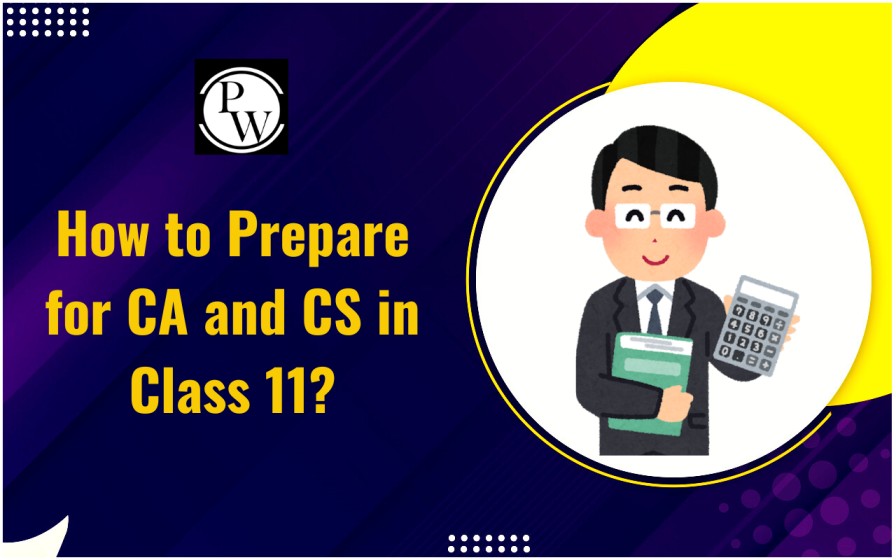

Cost Accounting and Management Accounting : The effective implementation of cost accounting and management accounting techniques is necessary to maintain profitability and enhance operational efficiency.
Cost accounting, sometimes known as control accounting, is the field of accounting that tries to create data to manage operations to optimize the profits and performance of the firm. On the other hand, management accounting is the sort of accounting that supports management in planning and decision-making and is also known as decision accounting.
What is Cost Accounting?
Cost accounting is an organized approach firms use to keep track of their expenditures and better understand where their money is being spent.
In cost accounting, the expenses connected with manufacturing products or delivering services are meticulously documented and examined. This covers direct expenditures like goods and labor and indirect costs such as overhead expenses (e.g., rent, utilities, and administrative salaries). By appropriately identifying and allocating these expenses, organizations can estimate the real cost of their goods or services.
What is Management Accounting?
Management accounting, often known as managerial accounting, is a critical part of a company's financial management. It includes the process of gathering, evaluating, and interpreting financial information to enable managers to make educated choices that support the organization's objectives and strategy.
Functions of Cost Accounting and Management Accounting
Cost Accounting and Management Accounting serve distinct yet complementary functions within an organization's financial management framework. Here's a breakdown of the functions of Cost Accounting and Management Accounting:
Functions of Cost Accounting:
Cost Allocation: Assigning various costs (e.g., direct materials, labor, and overhead) to specific products, projects, or activities.
Cost Control: Monitoring and analyzing costs to identify areas where cost savings or efficiency improvements can be made.
Pricing Decisions: Determining the selling price of products or services by considering their true production costs.
Inventory Valuation: Assessing the value of goods held in inventory, impacting financial statements.
Performance Evaluation: Evaluating the profitability of specific products, departments, or projects based on their cost structures.
Budgeting: Assisting in the creation of budgets and financial plans by providing accurate cost data.
Functions of Management Accounting:
Strategic Planning: Assisting in long-term strategic decision-making by providing financial insights into different strategic options.
Budgeting and Forecasting: Developing budgets and financial forecasts to guide resource allocation and goal setting.
Performance Measurement: Evaluating the performance of departments, projects, or individuals using key performance indicators (KPIs) and financial metrics.
Cost Analysis: Analyzing costs to understand cost drivers, identify inefficiencies, and optimize cost structures.
Decision Support: Providing financial data and analysis to aid in decisions related to investments, expansion, pricing, and risk assessment.
Risk Management: Assessing financial risks and suggesting strategies to mitigate them.
Cost Accounting and Management Accounting Differences
Cost Accounting and Management Accounting are two vital branches of accounting that play distinct roles within an organization's financial management. Below is a table summarizing the key distinctions between Cost Accounting and Management Accounting:
| Aspect | Cost Accounting | Management Accounting |
| Focus | Primarily focuses on tracking and managing production costs. | Emphasizes providing decision-support information for internal managers. |
| Purpose | Helps determine the cost of producing goods or services. | Aids in planning, monitoring, and optimizing various aspects of organizational operations. |
| Audience | Primarily used by internal stakeholders, especially in production and operations. | Targeted at internal managers and decision-makers at all organizational levels. |
| Scope | Narrower in scope, mainly concerned with cost allocation, control, and pricing. | Broader in scope, covering strategic planning, budgeting, performance evaluation, and more. |
| Timeframe | Historical data is often used to analyze past costs and performance. | Focuses on historical data but also includes forward-looking elements like budgets and forecasts. |
| Reporting | Primarily produces reports on cost variances, inventory valuation, and cost of goods sold. | Generates reports on financial performance, budgets, forecasts, and key performance indicators (KPIs). |
| Decision Support | Less focused on providing extensive decision support; primarily aids in cost management. | Provides extensive decision support, helping managers make informed choices regarding strategy, investments, and resource allocation. |
| Integration with Financial Accounting | Typically integrated with financial accounting systems for cost allocation and inventory valuation. | May use financial accounting data but is more focused on non-financial measures and internal reporting. |
Pros and Cons of Cost Accounting and Management Accounting
Both Cost Accounting and Management Accounting offer distinct advantages and face specific limitations in accounting and financial management. Below are the key pros and cons of both Cost Accounting and Management Accounting:Cost Accounting Pros:
- Cost Accounting excels at providing detailed and accurate cost data, which is vital for pricing decisions and cost control.
- It helps identify inefficiencies and cost-saving opportunities within the production process.
- Cost Accounting ensures accurate valuation of inventory, which impacts financial statements.
- Provides insights into the profitability of specific products or departments based on their cost structures.
- Assists in creating budgets and financial plans by offering precise cost information.
Cost Accounting Cons:
- Cost Accounting's primary focus on cost-related data may not provide a comprehensive view of an organization's overall financial health.
- It predominantly relies on historical cost data, limiting its usefulness for forward-looking decisions.
- While it aids in cost management, it may not offer extensive decision support for strategic planning.
Management Accounting Pros:
- Management Accounting provides a broader view of an organization's financial health, encompassing strategic planning, budgeting, and performance evaluation.
- Offers valuable insights and analysis for informed decision-making at all levels of the organization.
- Assists in long-term strategic decision-making by providing financial insights into different options.
- Adapts to the changing needs of an organization and can incorporate both historical and forward-looking data.
- Helps assess financial risks and suggests strategies to mitigate them.
Management Accounting Cons:
- The wealth of information in Management Accounting can sometimes be overwhelming and may require significant time and resources to process.
- It relies on managerial judgment and assumptions, which can introduce subjectivity into decision-making.
- The breadth of Management Accounting functions can be complex to implement and manage, especially in smaller organizations.
Cost Accounting and Management Accounting FAQs
What is the main objective of cost accounting?
How does cost accounting benefit a business?
What are some common cost accounting methods?
What is the role of management accounting in decision-making?
How does management accounting differ from financial accounting?












